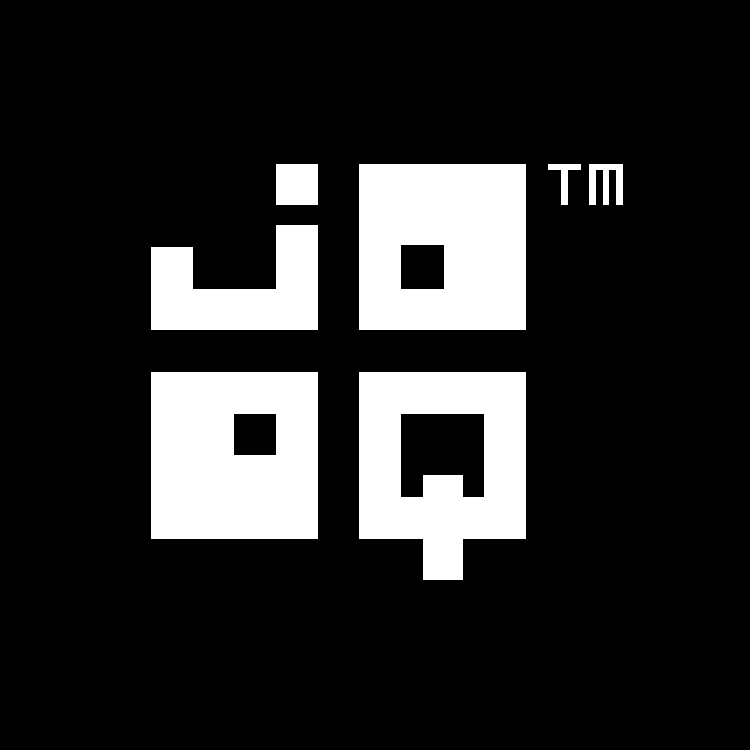Available in versions: Dev (3.21) | Latest (3.20) | 3.19 | 3.18 | 3.17 | 3.16 | 3.15 | 3.14 | 3.13 | 3.12 | 3.11
Scalar subqueries
Applies to ✅ Open Source Edition ✅ Express Edition ✅ Professional Edition ✅ Enterprise Edition
A scalar subquery is a subquery that produces a scalar value, i.e. one row and one column. Such values can be used as ordinary column expressions. Syntactically, any Select<Record1<?>> type qualifies as a scalar subquery, irrespective of content and whether it is "correlated".
There are mostly 3 ways of creating scalar subqueries in jOOQ
- Type safe wrapping using
DSL.field(Select) - Type unsafe wrapping using
Select.asField() - Through convenience methods, such as
Field.eq(Select)
For example:
SELECT
AUTHOR.ID, (
SELECT count(*) FROM AUTHOR
) AS authors
FROM AUTHOR
create.select(
AUTHOR.ID,
field(selectCount().from(AUTHOR)).as("authors"))
.from(AUTHOR)
.fetch();
Correlated subqueries
A "correlated" subquery is a subquery (scalar or not) whose execution depends on the query that it is embedded in. It acts as a function taking the current row as an input argument.
SELECT
AUTHOR.ID, (
SELECT count(*)
FROM BOOK
WHERE BOOK.AUTHOR_ID = AUTHOR.ID
) AS books
FROM AUTHOR
create.select(
AUTHOR.ID,
field(selectCount()
.from(BOOK)
.where(BOOK.AUTHOR_ID.eq(AUTHOR.ID)))
.from(AUTHOR)
.fetch();
In the above example, the subquery counts the number of books for each author from the outer query.
References to this page
- The FROM clause of the UPDATE statement
- Derived tables
- ARRAY value constructor
- MULTISET value constructor
- The quantified comparison predicate
- Pattern based transformations: COUNT(*) scalar subquery comparison
- Pattern based transformations: COUNT(expr) scalar subquery comparison
- Pattern based transformations: Empty scalar subquery
- Pattern based transformations: Unnecessary scalar subquery
- Client side computed columns

Feedback
Do you have any feedback about this page? We'd love to hear it!